Home>Home Appliances>Kitchen Appliances>How To Dehydrate Onions In A Dehydrator
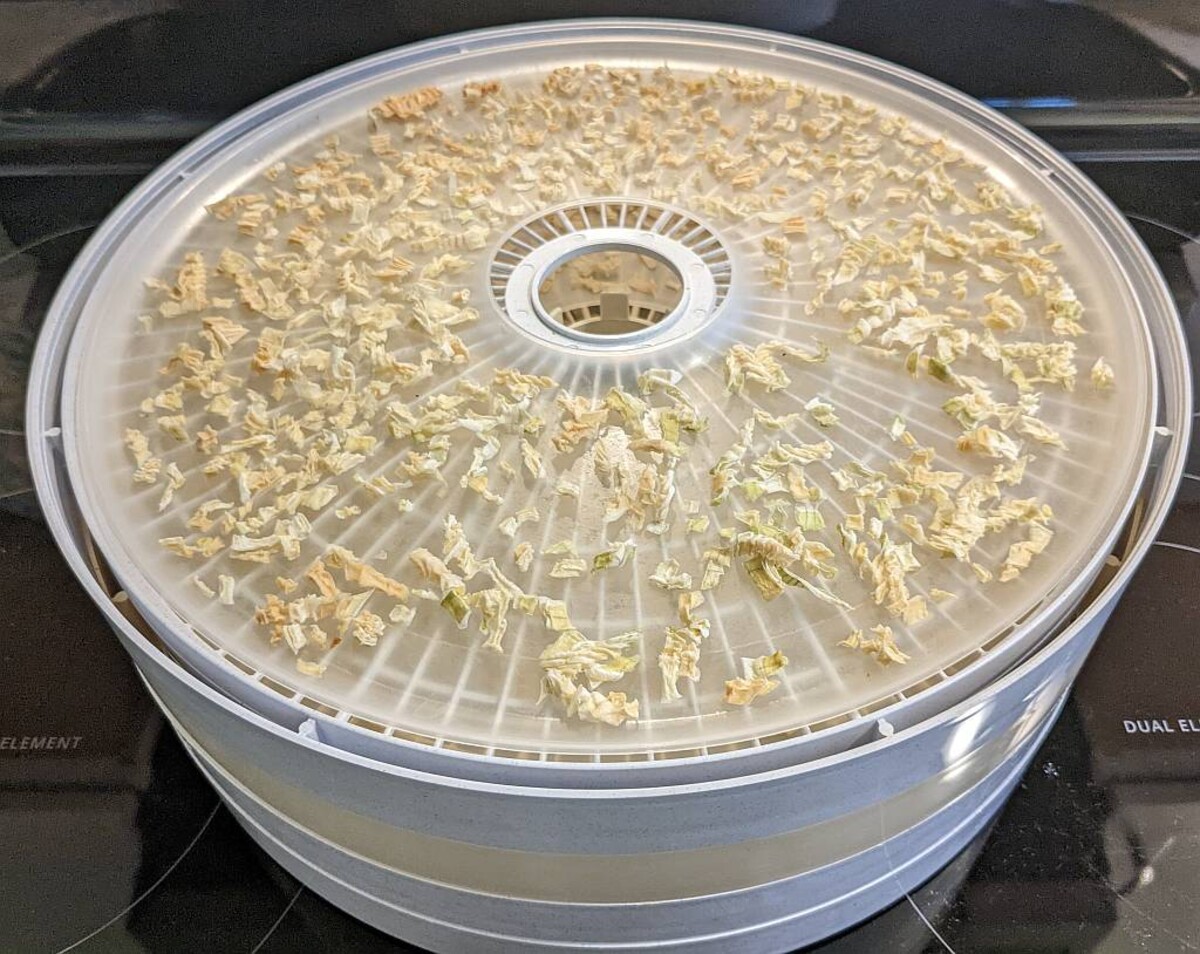

Kitchen Appliances
How To Dehydrate Onions In A Dehydrator
Modified: April 22, 2024
Learn how to dehydrate onions in a dehydrator with our easy step-by-step guide. Discover the best kitchen appliances for preserving your produce.
(Many of the links in this article redirect to a specific reviewed product. Your purchase of these products through affiliate links helps to generate commission for Storables.com, at no extra cost. Learn more)
**
Introduction
**
Dehydrating onions is a fantastic way to preserve this versatile vegetable while intensifying its flavor. Whether you want to create your own homemade onion powder, add a punch of flavor to soups and stews, or simply extend the shelf life of your onions, using a dehydrator is an efficient and effective method. In this comprehensive guide, we'll explore the step-by-step process of dehydrating onions in a dehydrator, from selecting the right onions to storing the dehydrated end product. By following these simple yet essential steps, you can enjoy the convenience and flavor of dehydrated onions in your culinary adventures. So, let's dive in and uncover the secrets of dehydrating onions!
**
Key Takeaways:
- Dehydrating onions in a dehydrator intensifies their flavor and extends their shelf life, offering a convenient and versatile ingredient for various culinary creations.
- From selecting the right onions to storing the dehydrated end product, dehydrating onions in a dehydrator is a simple yet essential process for enhancing your culinary adventures.
Read more: How To Store Dehydrated Onions
Choosing the Right Onions
**
When it comes to dehydrating onions, selecting the right type of onion is crucial. Different varieties offer distinct flavors and characteristics, so choosing the best option for your needs is essential. Here are some popular onion varieties commonly used for dehydrating:
- Yellow Onions: Known for their versatile flavor and balanced sweetness, yellow onions are a popular choice for dehydrating. They offer a robust onion flavor that works well in a wide range of dishes.
- White Onions: With a milder and slightly sweeter flavor compared to yellow onions, white onions are a great option for those seeking a subtler onion taste in their dehydrated products.
- Red Onions: These vibrant onions boast a mild to sweet flavor and add a pop of color to dehydrated dishes. They are ideal for those looking to incorporate visual appeal along with flavor.
- Sweet Onions: Varieties such as Vidalia, Walla Walla, and Maui offer a notably sweet and mild flavor, making them perfect for dehydrating into sweet and aromatic onion flakes or powder.
When selecting onions for dehydrating, opt for fresh, firm bulbs that are free from soft spots or signs of spoilage. Additionally, consider the flavor profile you desire in your dehydrated onions. Whether you prefer a robust, pungent flavor or a sweeter, milder taste, choosing the right onion variety will significantly impact the final outcome of your dehydrated onions.
Furthermore, it’s essential to consider the quantity of onions you plan to dehydrate. Whether you’re processing a small batch or a large quantity, ensuring that you have ample onions on hand is key to a successful dehydrating session. By carefully selecting the right onions for your specific preferences and culinary applications, you can set the stage for a delightful dehydrating experience.
**
Preparing the Onions
**
Before diving into the dehydrating process, it’s crucial to properly prepare the onions to ensure optimal results. Follow these steps to prepare the onions for dehydration:
- Peeling and Slicing: Start by peeling the onions and removing the outer skin. Once peeled, slice the onions into uniform pieces to promote even drying. Whether you prefer rings, slices, or diced pieces, consistency in size is key for uniform dehydration.
- Pre-Treatment (Optional): While pre-treating onions before dehydration is not mandatory, it can help preserve their color and flavor. Consider blanching or steaming the onion slices for a brief period before dehydrating to lock in their vibrant color and essential oils.
- Drying Surface: Arrange the prepared onion slices in a single layer on the dehydrator trays, ensuring that they are not overcrowded. Proper spacing allows for adequate air circulation, facilitating thorough and efficient drying.
- Seasoning (Optional): If desired, you can season the onion slices before dehydration to infuse them with additional flavors. Common seasonings for dehydrated onions include salt, pepper, garlic powder, or any preferred herbs and spices.
By meticulously preparing the onions for dehydration, you can lay the foundation for flavorful, high-quality dehydrated onion products. The preparation process not only impacts the end result’s taste and appearance but also contributes to the overall efficiency of the dehydration process. With the onions expertly prepped and ready for the dehydrator, you’re one step closer to enjoying the convenience and versatility of dehydrated onions in your culinary endeavors.
**
After slicing the onions, spread them out in a single layer on the dehydrator trays. Set the temperature to 135°F and let them dry for 8-10 hours, or until they are completely dry and crispy.
Dehydrating the Onions
**
Now that the onions are meticulously prepared, it’s time to delve into the dehydrating process. Using a dehydrator is an efficient and controlled method for drying onions, ensuring that they retain their flavor and nutritional value. Follow these steps to dehydrate the onions to perfection:
- Set the Temperature: Consult your dehydrator’s manual to determine the recommended temperature for dehydrating onions. Typically, temperatures between 125°F and 135°F (approximately 52°C to 57°C) are ideal for drying onions while preserving their flavor and nutrients.
- Monitor the Drying Time: The duration for dehydrating onions can vary based on factors such as humidity levels and the thickness of the onion slices. Generally, it can take anywhere from 6 to 12 hours for onions to fully dehydrate. Periodically check the progress of the onions throughout the drying process to ensure they reach the desired consistency without becoming overly dry or brittle.
- Test for Dryness: To determine if the onions are adequately dehydrated, perform a simple tactile test. The slices should feel dry and leathery to the touch, indicating that they contain minimal moisture content. Additionally, there should be no visible signs of moisture or condensation on the surface of the dehydrated onions.
- Cooling Period: Once the onions have reached the desired level of dehydration, allow them to cool to room temperature before handling. This cooling period helps to stabilize the moisture content and ensures that the dehydrated onions are ready for storage.
By carefully monitoring the dehydrating process and adhering to these essential steps, you can produce dehydrated onions that boast concentrated flavor and extended shelf life. Dehydrating onions in a dehydrator offers a convenient and reliable way to preserve this kitchen staple, providing you with a versatile ingredient for countless culinary creations.
**
Storing Dehydrated Onions
**
Once the onions have been successfully dehydrated, proper storage is crucial to maintain their quality and flavor over an extended period. Follow these guidelines to ensure the longevity and freshness of your dehydrated onions:
- Cooling and Conditioning: After the dehydrated onions have cooled to room temperature, it’s essential to condition them to equalize any remaining moisture. To do this, place the dried onions in an airtight container, such as a glass jar or airtight plastic storage bag, and let them sit for 4 to 7 days. Shake the container once a day to redistribute any moisture, then check for any signs of condensation. If condensation occurs, return the onions to the dehydrator for further drying.
- Airtight Containers: Transfer the conditioned dehydrated onions to airtight containers to protect them from moisture and air. Mason jars, vacuum-sealed bags, or airtight plastic containers are excellent options for storing dehydrated onions, as they help maintain the onions’ flavor and prevent them from absorbing ambient moisture.
- Storage Conditions: Store the airtight containers of dehydrated onions in a cool, dark, and dry environment to prolong their shelf life. Exposure to heat, light, and humidity can compromise the quality of the dehydrated onions, leading to flavor deterioration and potential spoilage.
- Labeling and Date: Properly label the storage containers with the date of dehydration to track the freshness of the onions. Additionally, consider labeling the containers with the onion variety and any seasoning or flavoring added to the dehydrated onions for easy identification.
By adhering to these storage practices, you can safeguard the quality and flavor of your dehydrated onions, ensuring that they remain a valuable addition to your culinary repertoire for an extended period. Whether you’re creating a stockpile of dehydrated onions for future use or simply preserving an abundant onion harvest, proper storage is the key to maintaining the integrity of this versatile kitchen ingredient.
**
Read more: How To Make Onion Powder With A Dehydrator
Using Dehydrated Onions
**
Now that you have successfully dehydrated and stored your onions, it’s time to explore the myriad ways to incorporate this versatile ingredient into your culinary creations. Dehydrated onions offer convenience, extended shelf life, and concentrated flavor, making them a valuable addition to a wide range of dishes. Here are some inspiring ways to use dehydrated onions in your cooking:
- Flavorful Seasonings: Transform dehydrated onions into aromatic and flavorful seasoning blends. Grind the dehydrated onions into a fine powder using a spice grinder or mortar and pestle, then combine them with other herbs and spices to create custom seasoning mixes for meats, vegetables, and dips.
- Soups and Stews: Add dehydrated onions directly to soups, stews, and broths to infuse them with a rich, savory flavor. The concentrated taste of dehydrated onions allows them to rehydrate and impart their essence into the dish, enhancing the overall depth of flavor.
- Casseroles and Baked Dishes: Incorporate dehydrated onions into casseroles, baked pasta dishes, and savory bakes for a delightful burst of onion flavor. The dried onions rehydrate during the cooking process, contributing a nuanced and aromatic element to the dish.
- Salad Toppings: Sprinkle dehydrated onion flakes or powder over salads and cold dishes to add a savory crunch and a hint of oniony goodness. The dehydrated onions provide texture and flavor, elevating the overall taste profile of the salad.
- Homemade Seasoned Salt: Combine dehydrated onion powder with salt, garlic powder, and other seasonings to create a custom seasoned salt blend. This versatile seasoning can be used to enhance the flavor of meats, vegetables, and snacks.
- Onion Dip and Dressings: Rehydrate dehydrated onions by soaking them in water or broth, then use them to prepare flavorful onion dips and salad dressings. The rehydrated onions impart a robust onion flavor, elevating the taste of the dips and dressings.
By incorporating dehydrated onions into your culinary repertoire, you can enjoy the convenience of having a readily available, long-lasting source of intense onion flavor. From seasoning blends to savory dishes, dehydrated onions offer a versatile and practical solution for enhancing the taste and aroma of your favorite recipes.
Frequently Asked Questions about How To Dehydrate Onions In A Dehydrator
Was this page helpful?
At Storables.com, we guarantee accurate and reliable information. Our content, validated by Expert Board Contributors, is crafted following stringent Editorial Policies. We're committed to providing you with well-researched, expert-backed insights for all your informational needs.
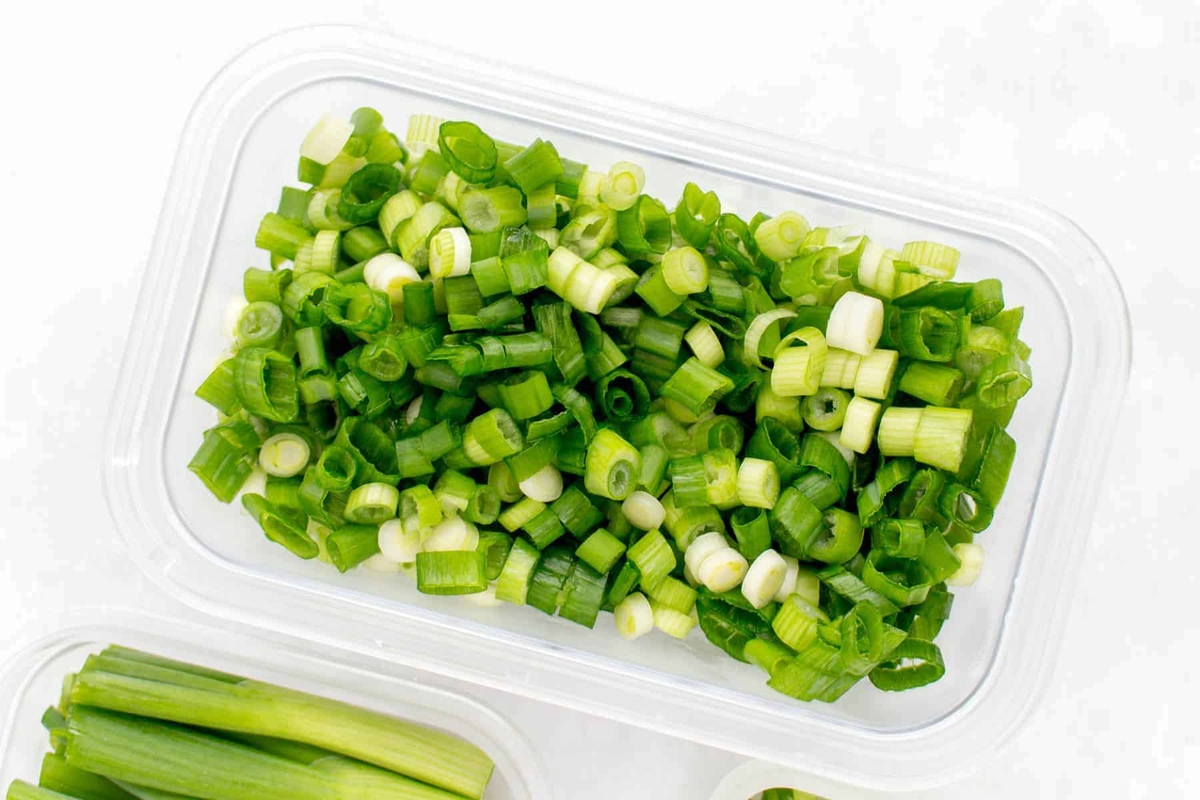
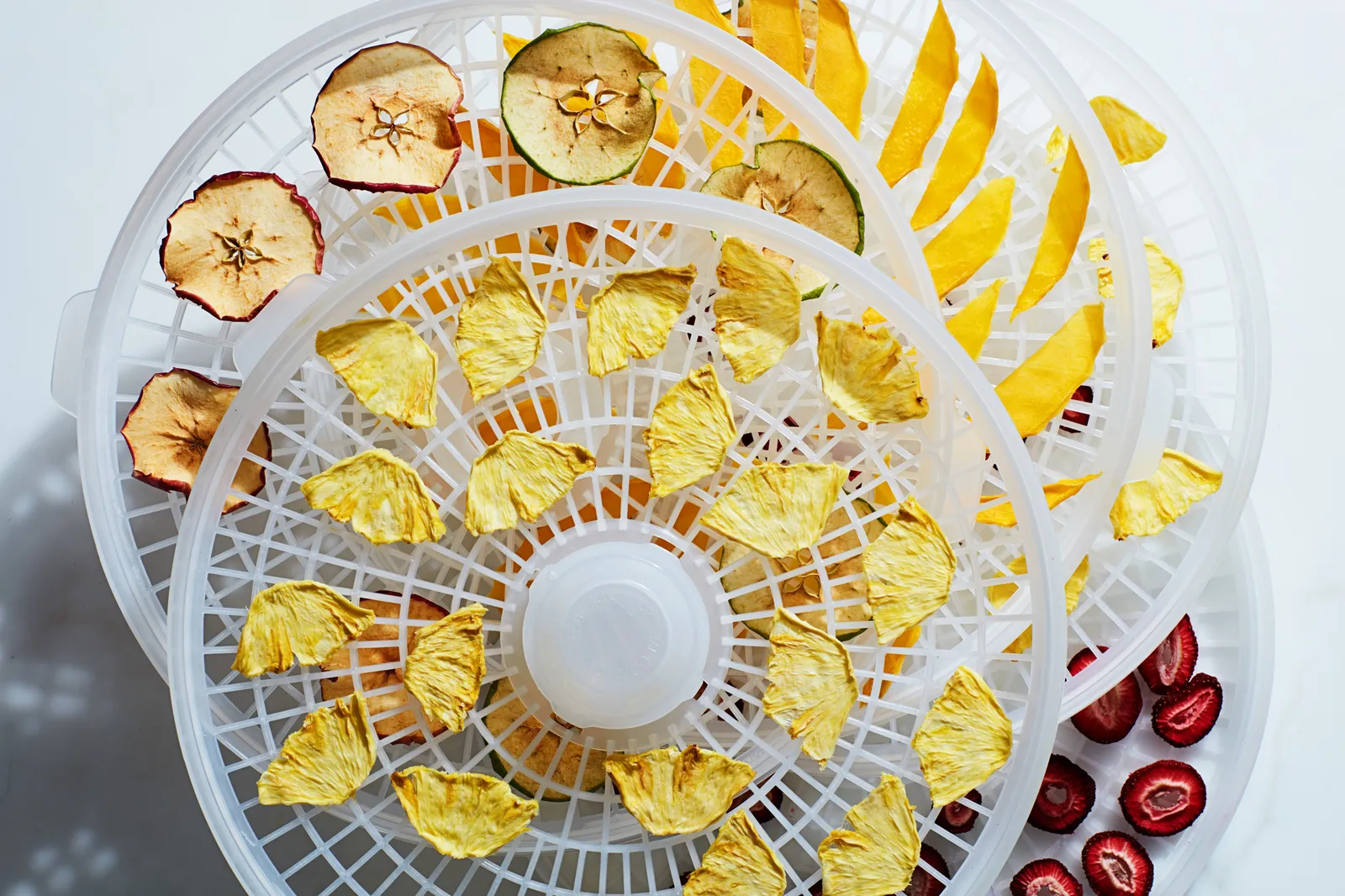
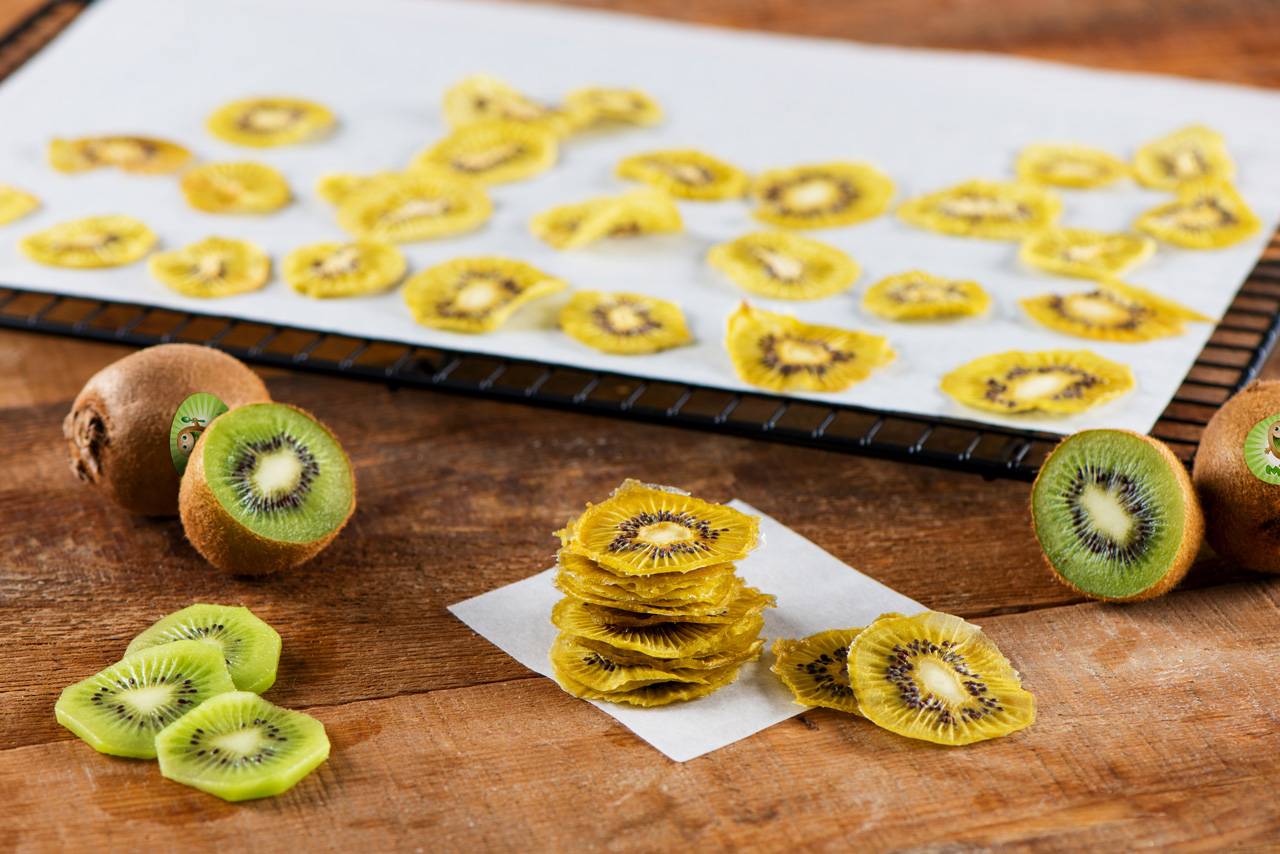
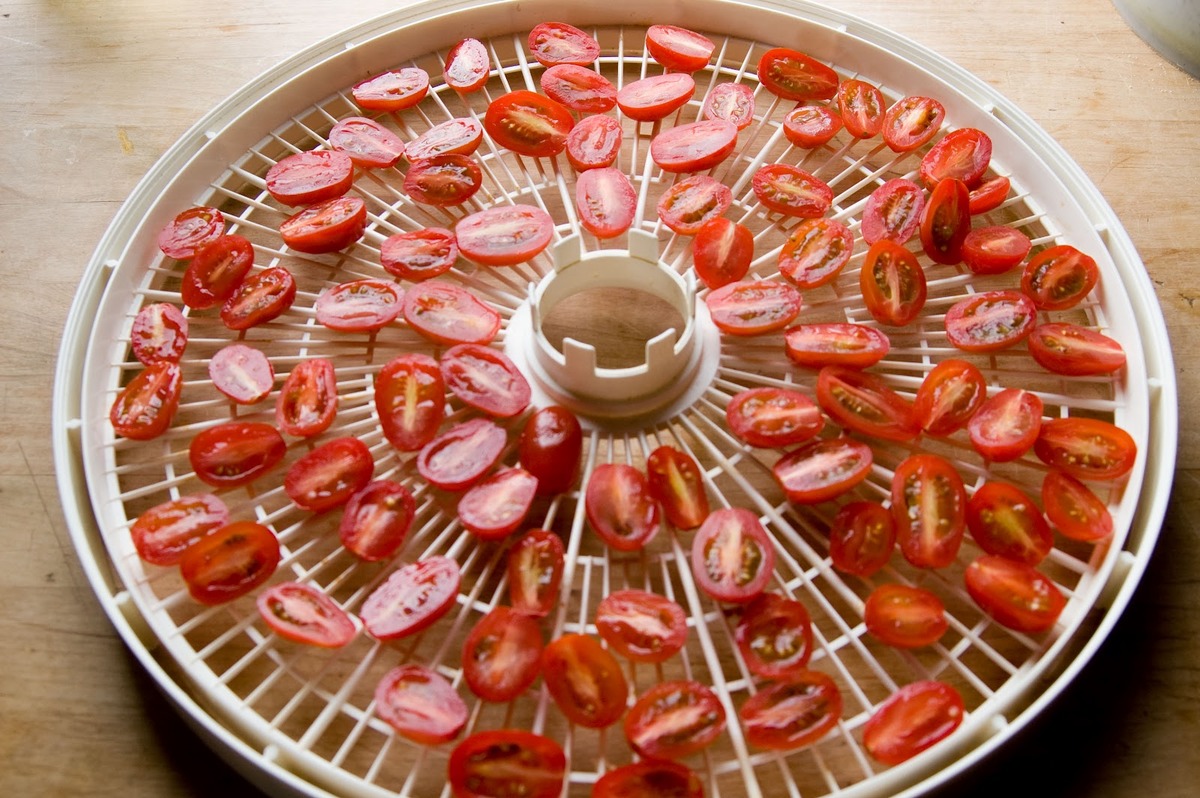
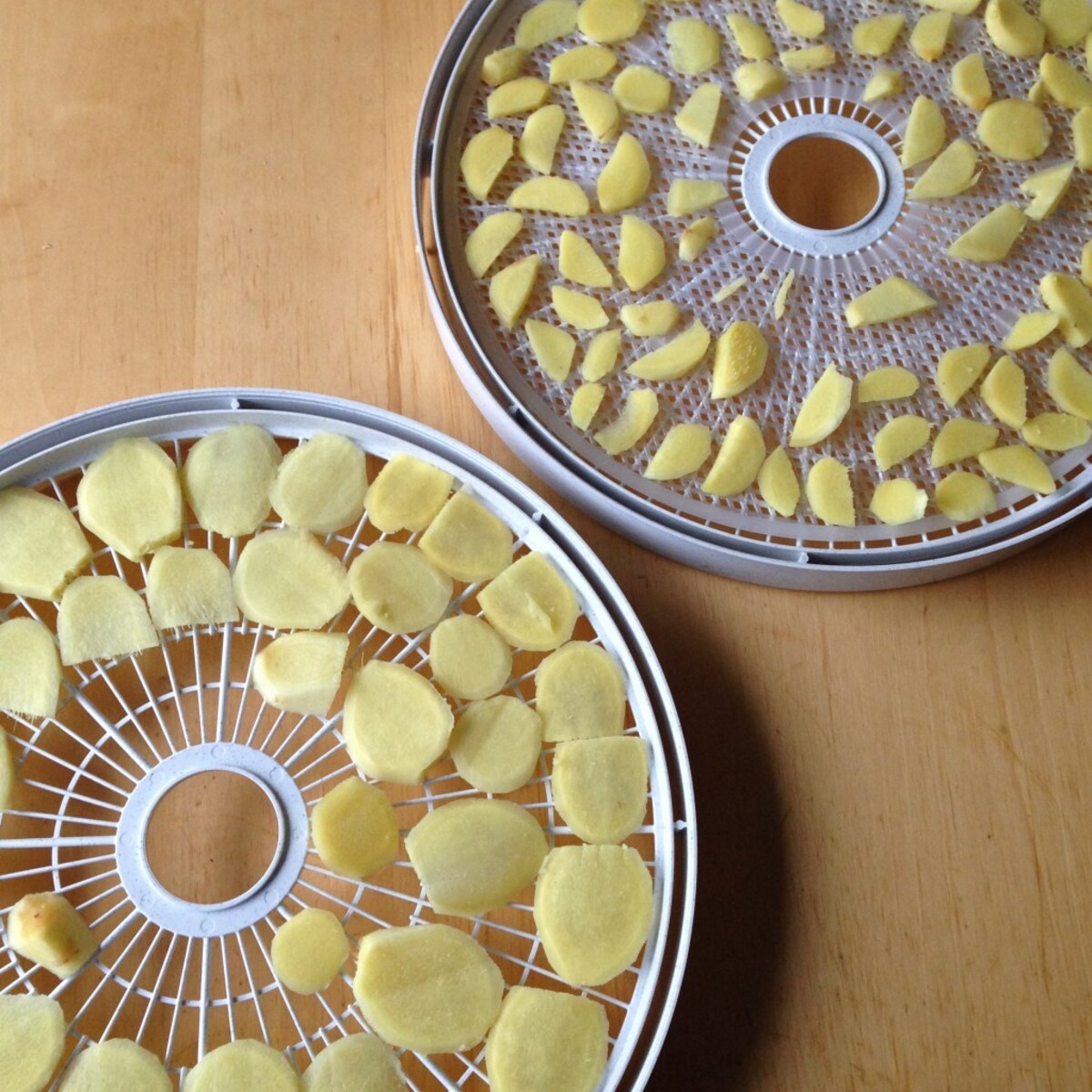
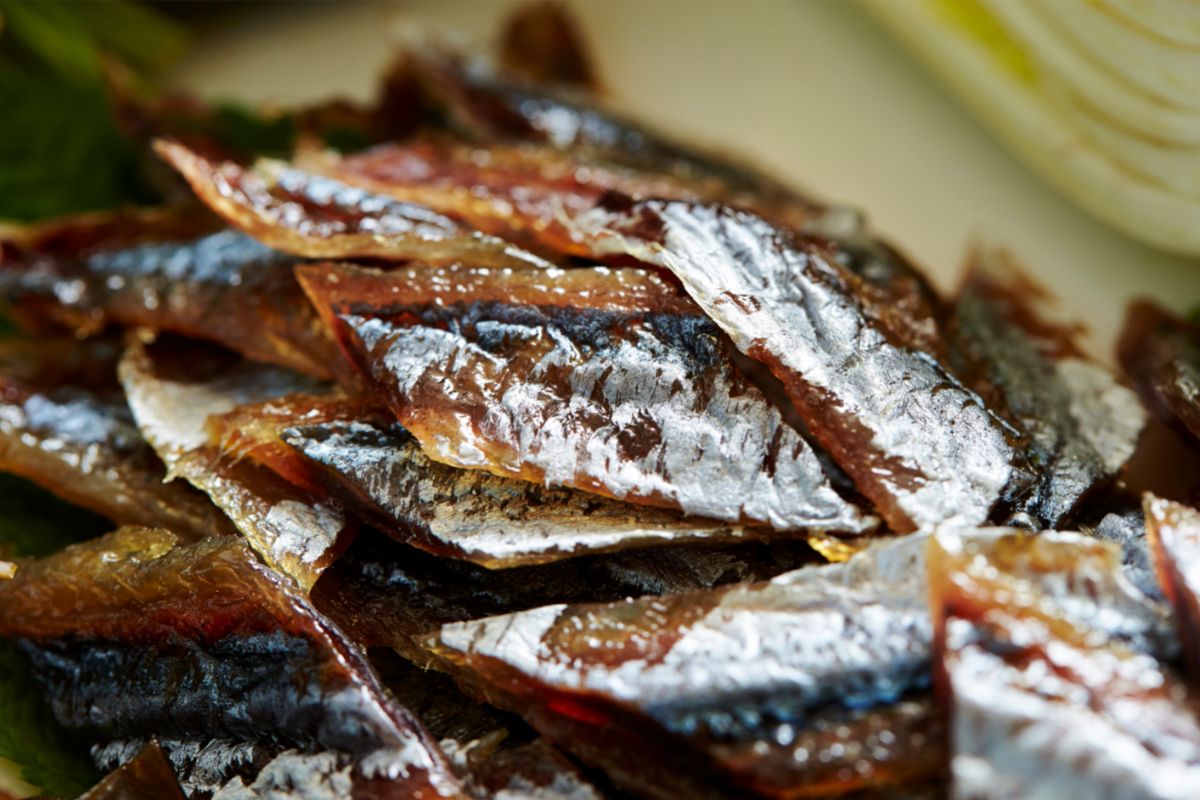
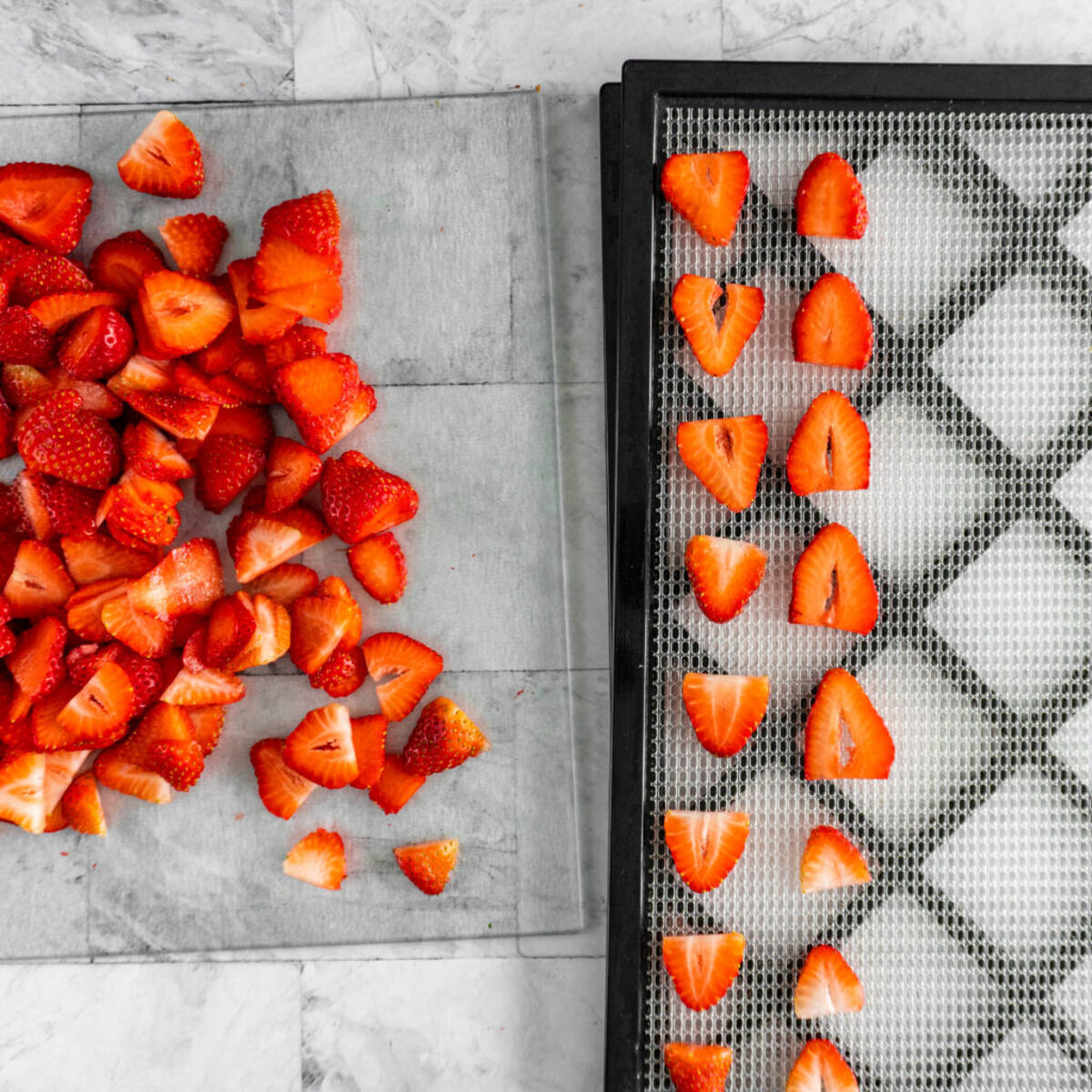
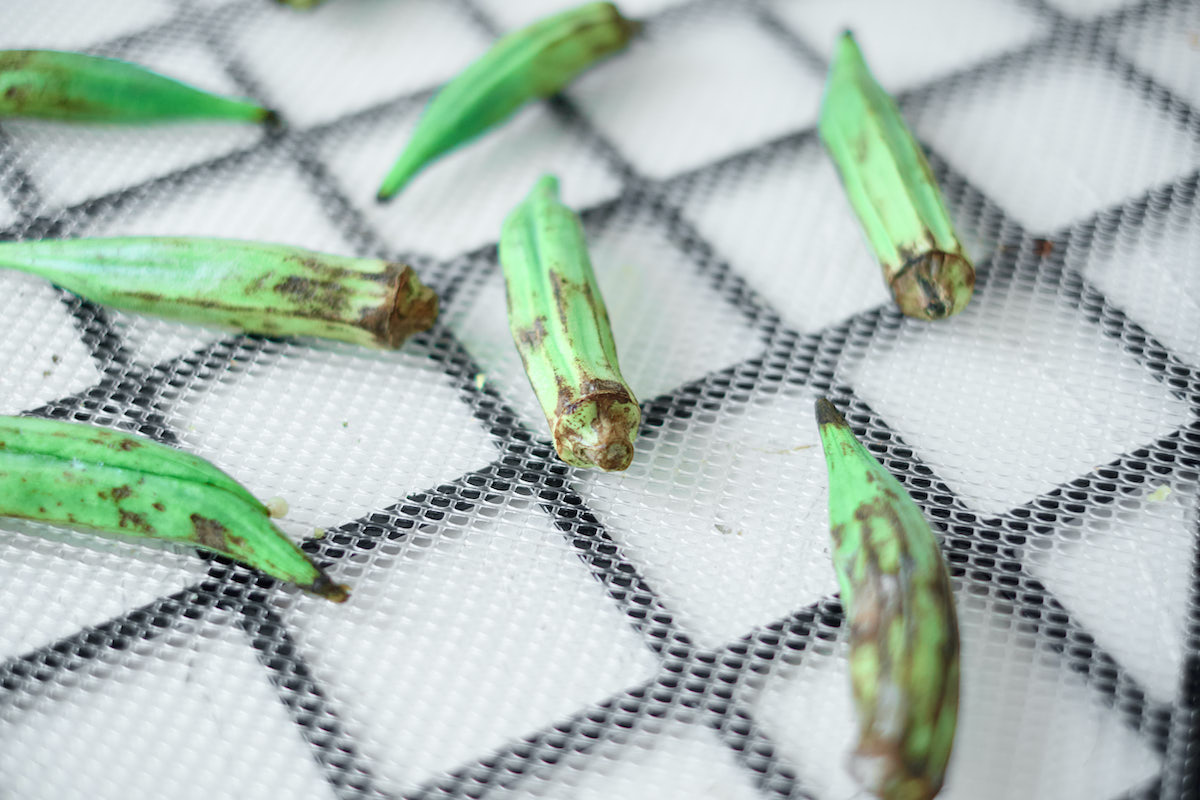
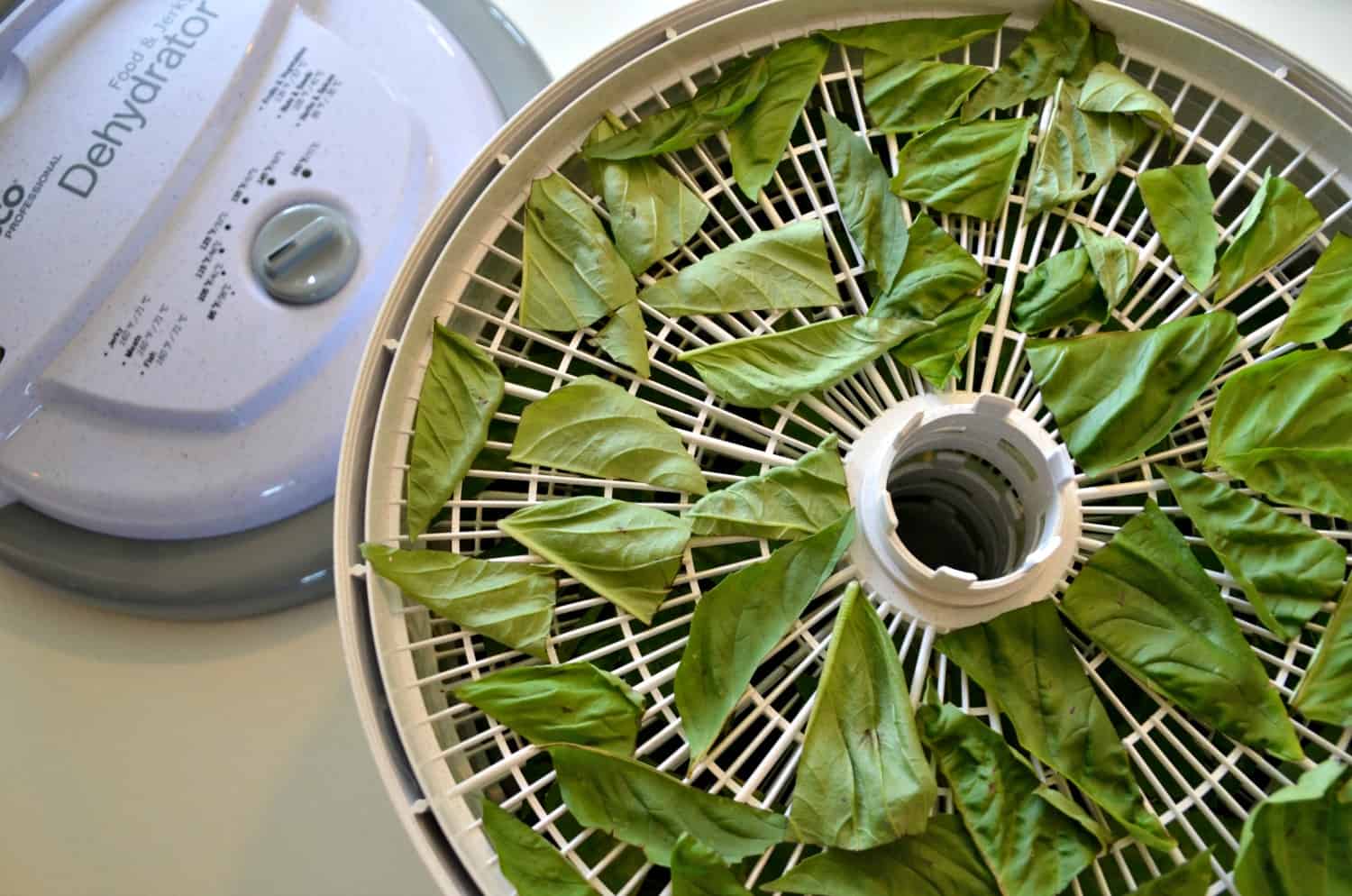
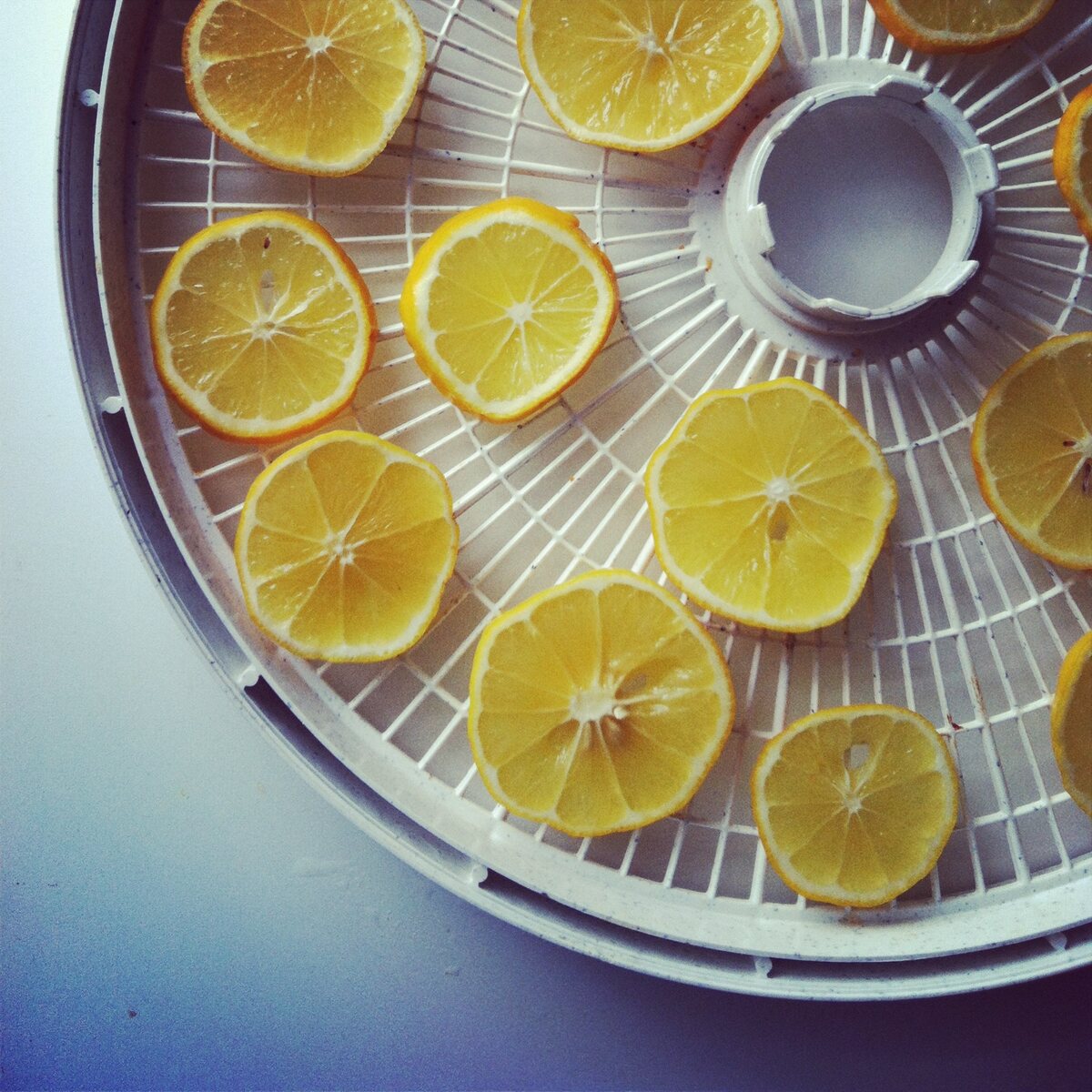
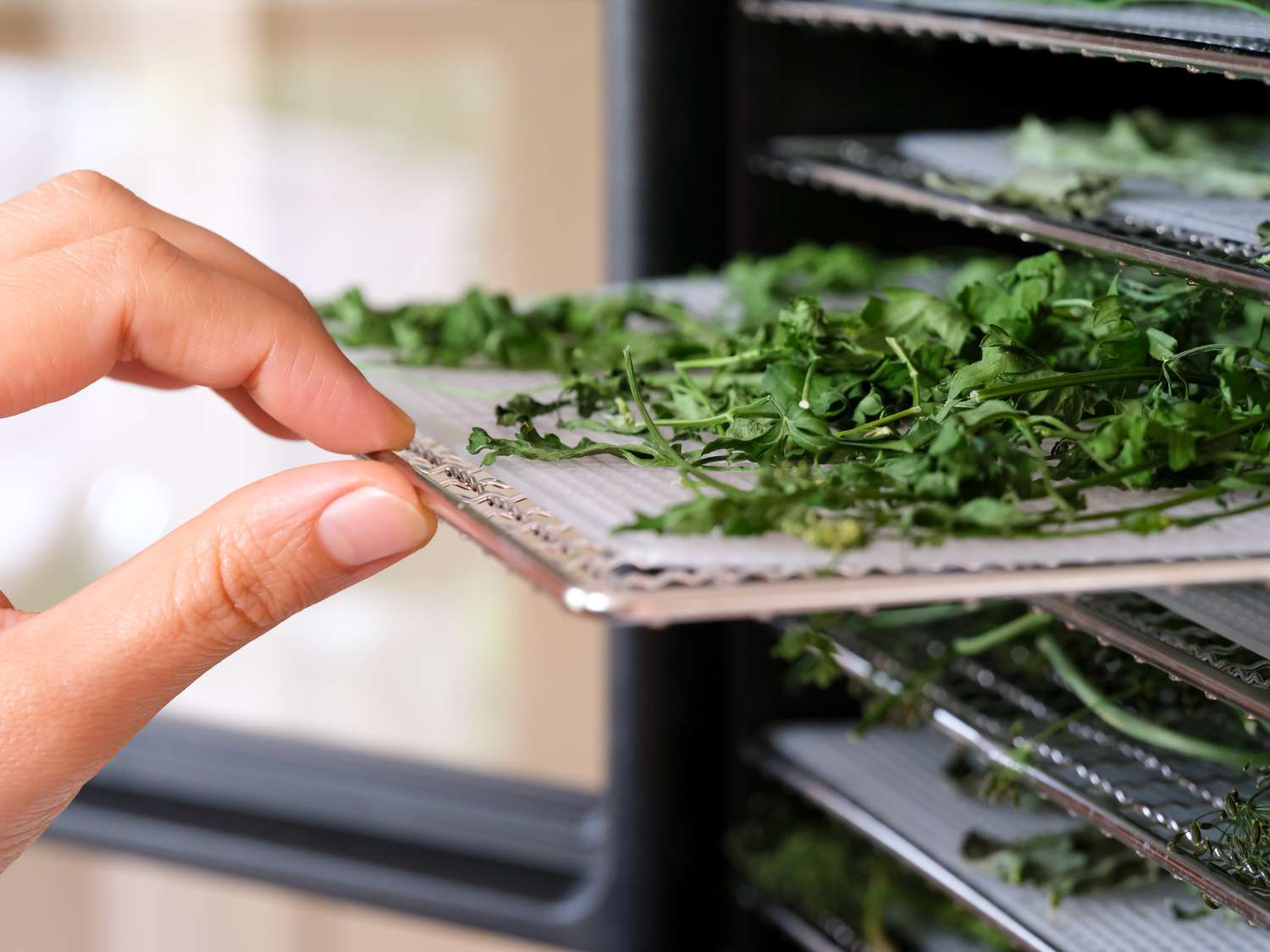
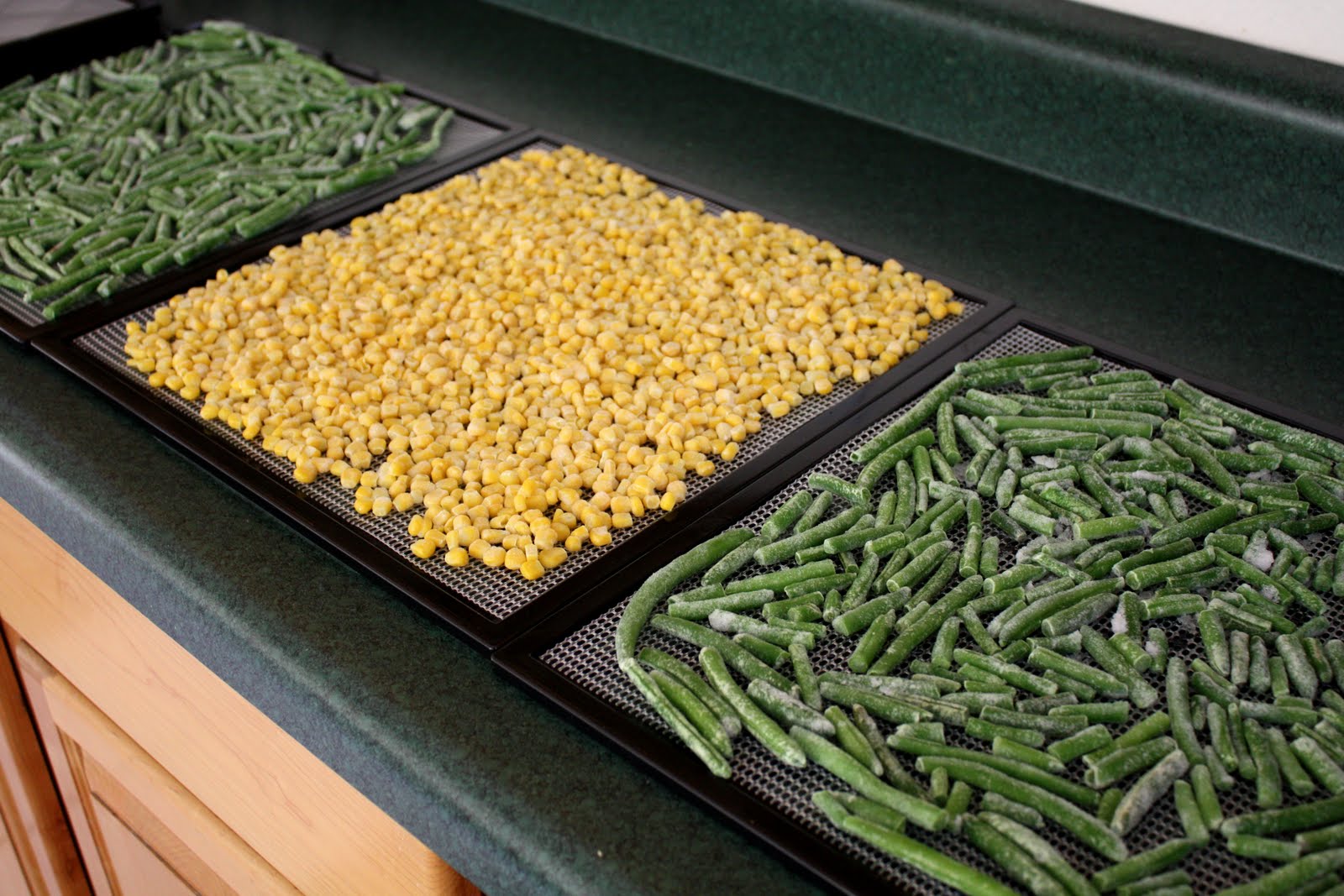
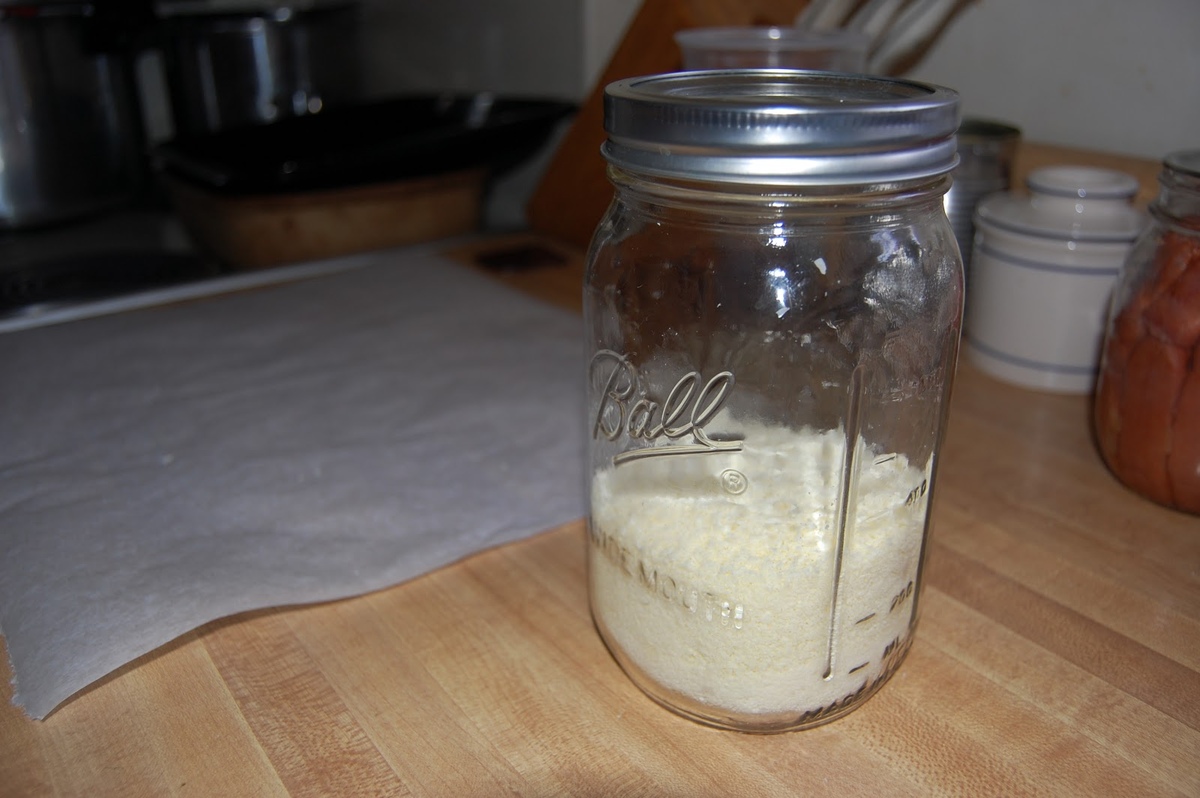
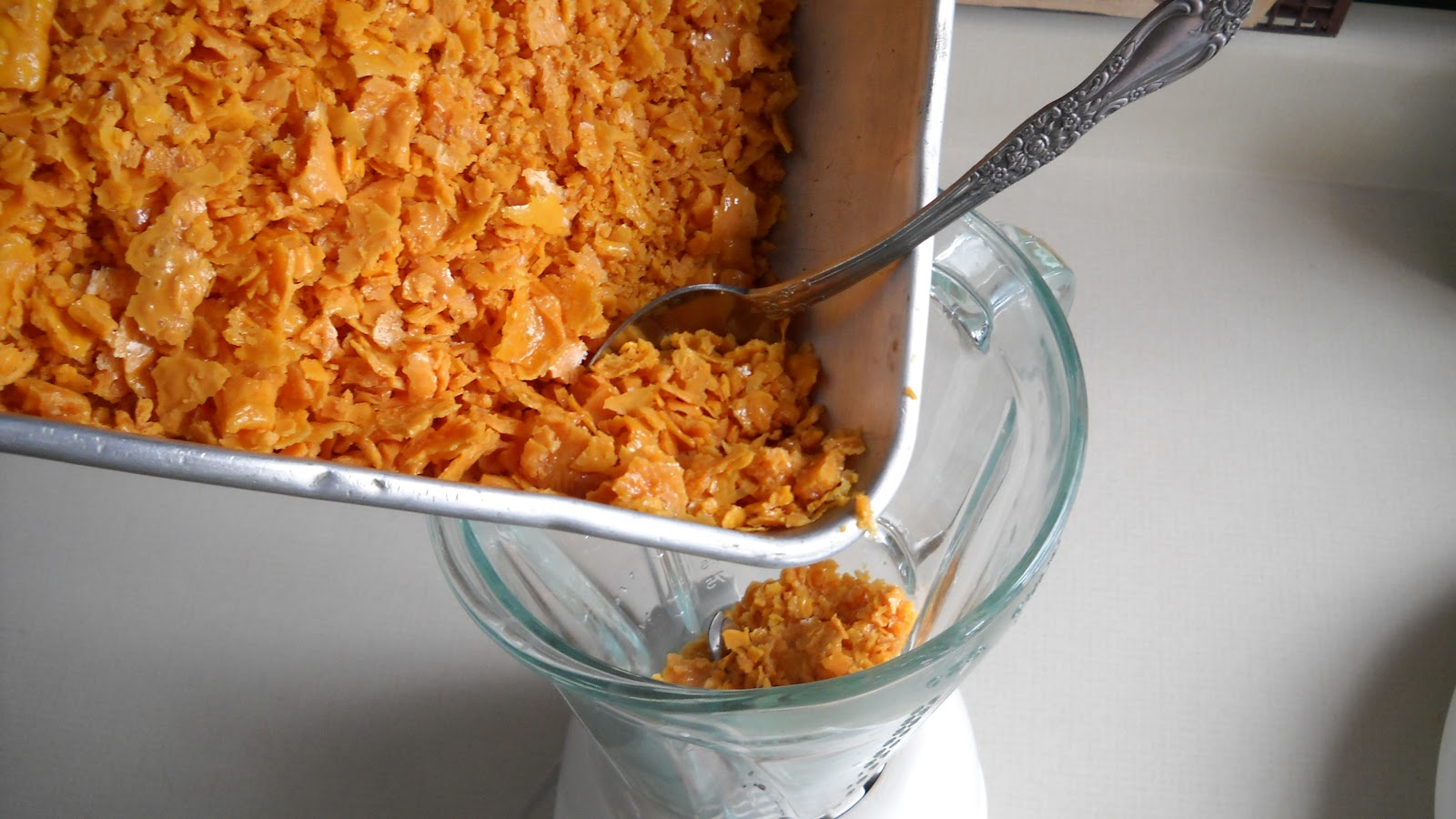

0 thoughts on “How To Dehydrate Onions In A Dehydrator”